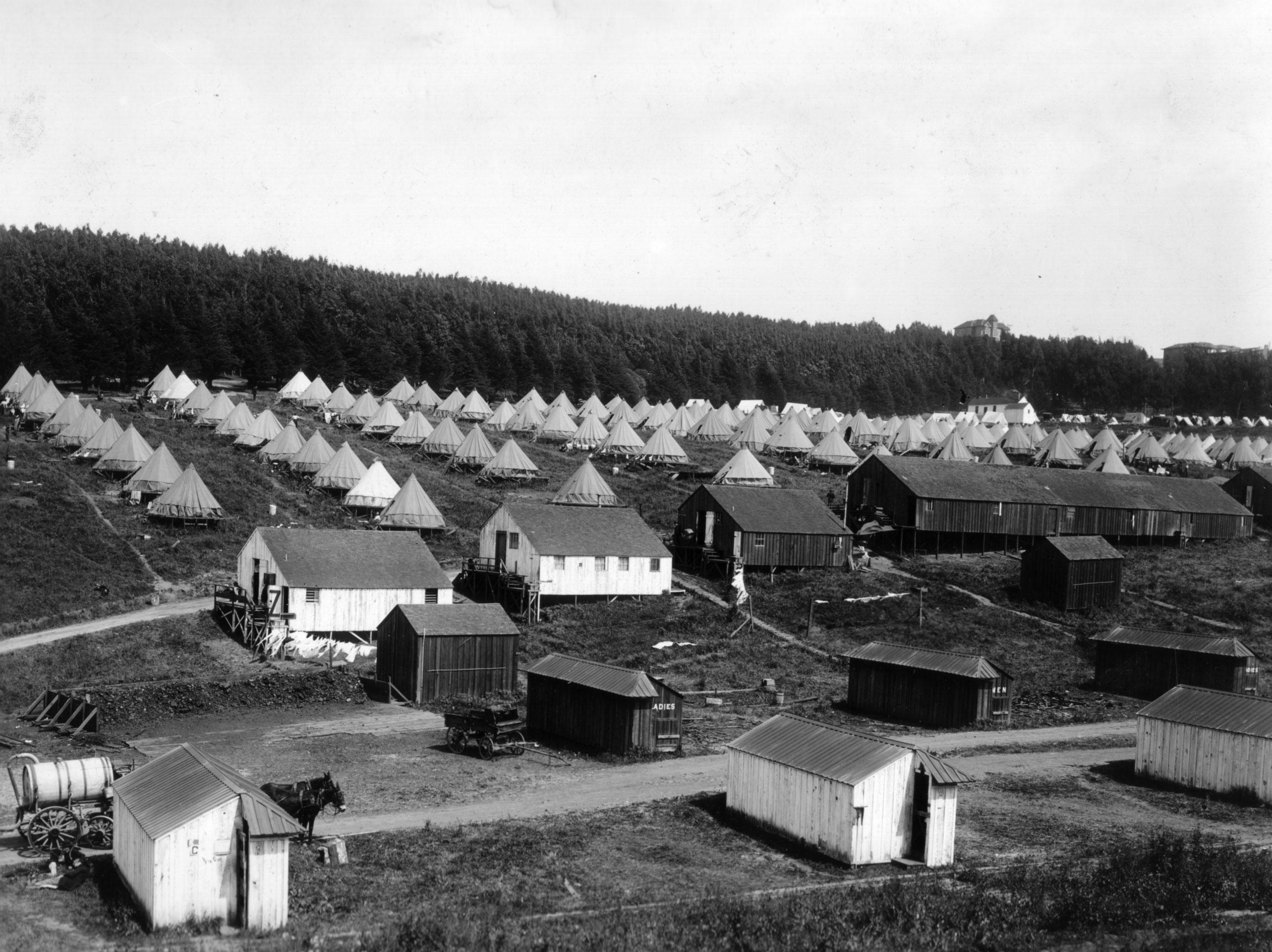Apr 24, 2020
Discovery: The Presidio’s Role in the Aftermath of the 1906 Earthquake
Learn about the Presidio’s role – and some of our heroes – during this important moment in history.On April 18, 1906, a massive earthquake hit San Francisco. Fires raged for three days, destroying nearly 4.7 square miles of buildings and making over half of the city’s 400,000 residents homeless. In the aftermath, the Presidio’s Army General Hospital (later to be named “Letterman Hospital” in honor of Major Jonathan Letterman) was damaged but still operational, becoming a refuge for city residents.
The hospital’s commanding officer, Lieutenant Colonel George H. Torney, without orders, opened the hospital up to civilians fleeing the city. The hospital and the Presidio became a key resource in the aftermath of the 1906 earthquake, and Torney became one of the leaders in the response to this crisis. In honor of the anniversary of the 1906 Earthquake, learn more about the Presidio’s role – and some of our heroes – during this important moment in history.
Read more about the Army’s Role in the aftermath of the 1906 Earthquake here >>
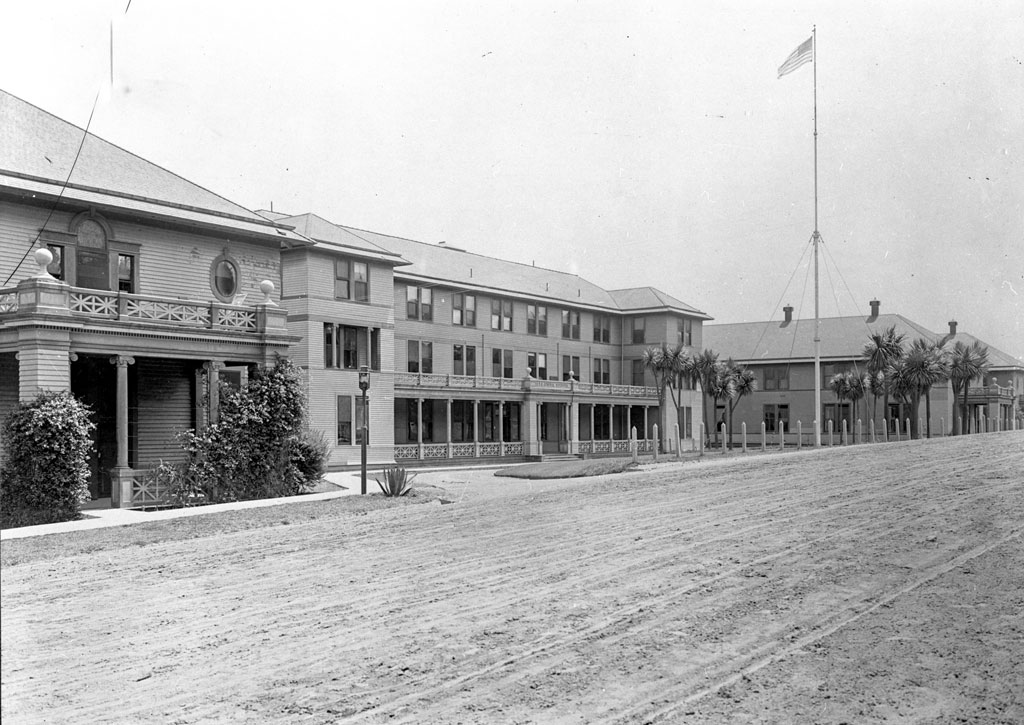
Between April 18 and May 23, the doctors, nurses, and hospital corpsmen at the Army General Hospital in the Presidio treated 756 civilian patients, along with an additional 4,000 outpatients who were located in tents next to the hospital.
Pictured: The hospital administration building – now building 1016 – at around the time of the earthquake. The building to its right was enlisted men’s quarters used for civilian patients after the earthquake when the hospital became full.
Image courtesy OpenSFHistory / wnp26.583.jpg
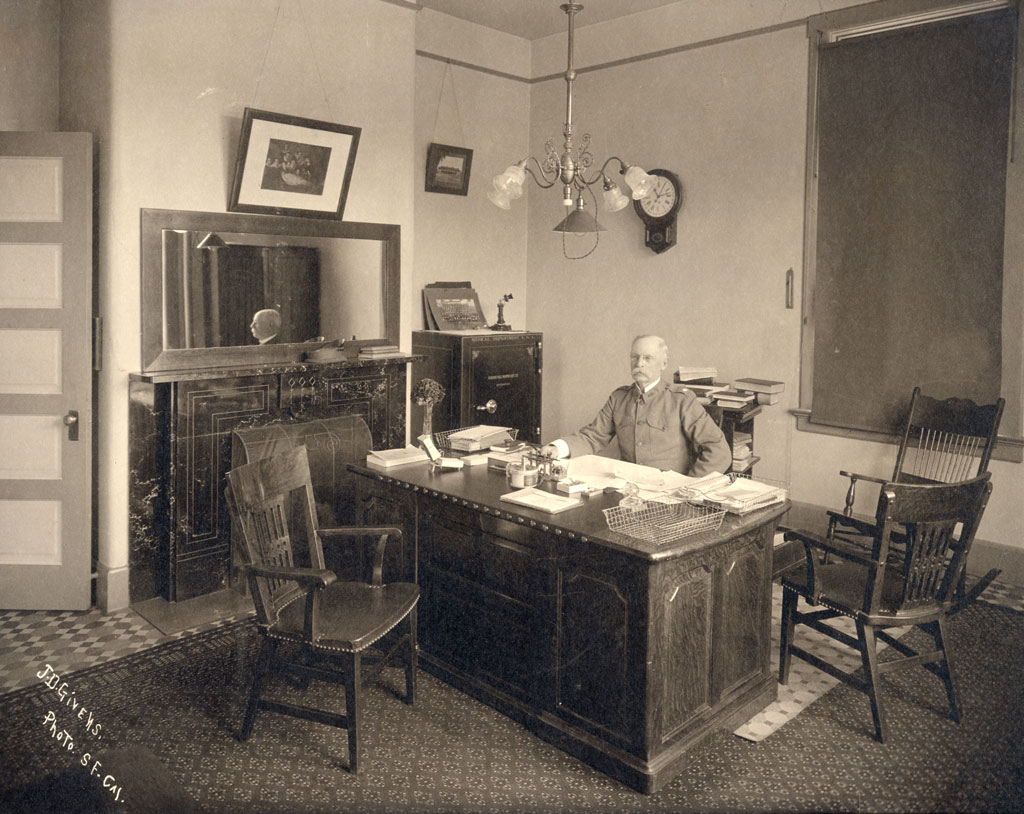
On April 20, 1906, responding to a request for help from San Francisco’s health commission, the Army made Torney the sanitary officer of the city. Torney arranged for medical officers to provide care and supervise the sanitary arrangements at the refugee camps the Army, including four in the Presidio. Thanks to his masterful administrative abilities and the professionalism of his staff, no major epidemics broke out in the city. The Army turned over control of the camps to the Red Cross in July 1906.
Pictured: Lt. Col. George H. Torney at his desk in the hospital. Largely in recognition of his work in response to the earthquake, he became Surgeon General of the Army in 1909.
Photo by J.D. Givens. Image courtesy Eric J. Torney.
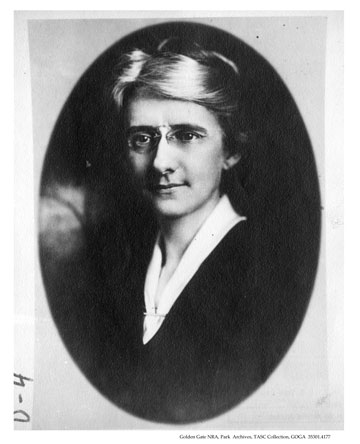
Pictured: Chief Nurse Dora Thompson, who led a team of about 40 nurses in the emergency following the 1906 Earthquake.
Image courtesy Golden Gate NRA, Park Archives
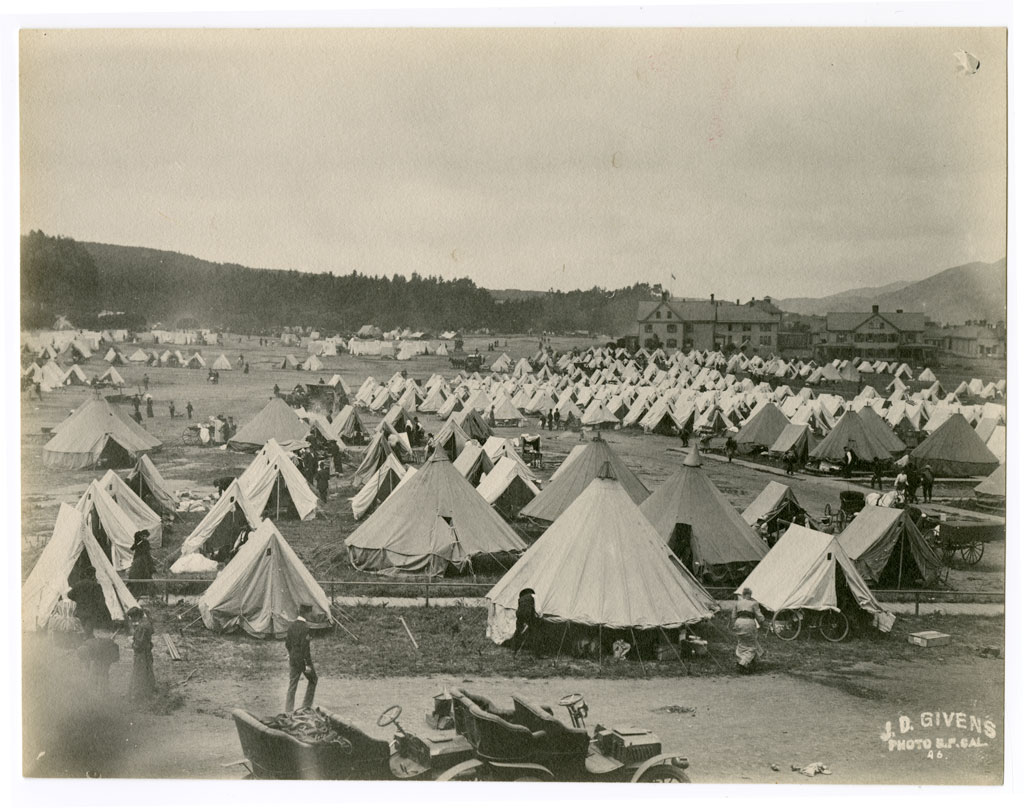
Pictured: Refugees in a camp to the east of the Army General Hospital a few days after the earthquake in Army tents. The area is now the Letterman Digital Arts Center.
Photo by J.D. Givens. Image courtesy California Historical Society, James Horsburgh, Jr. Collection, CHS2010.0378
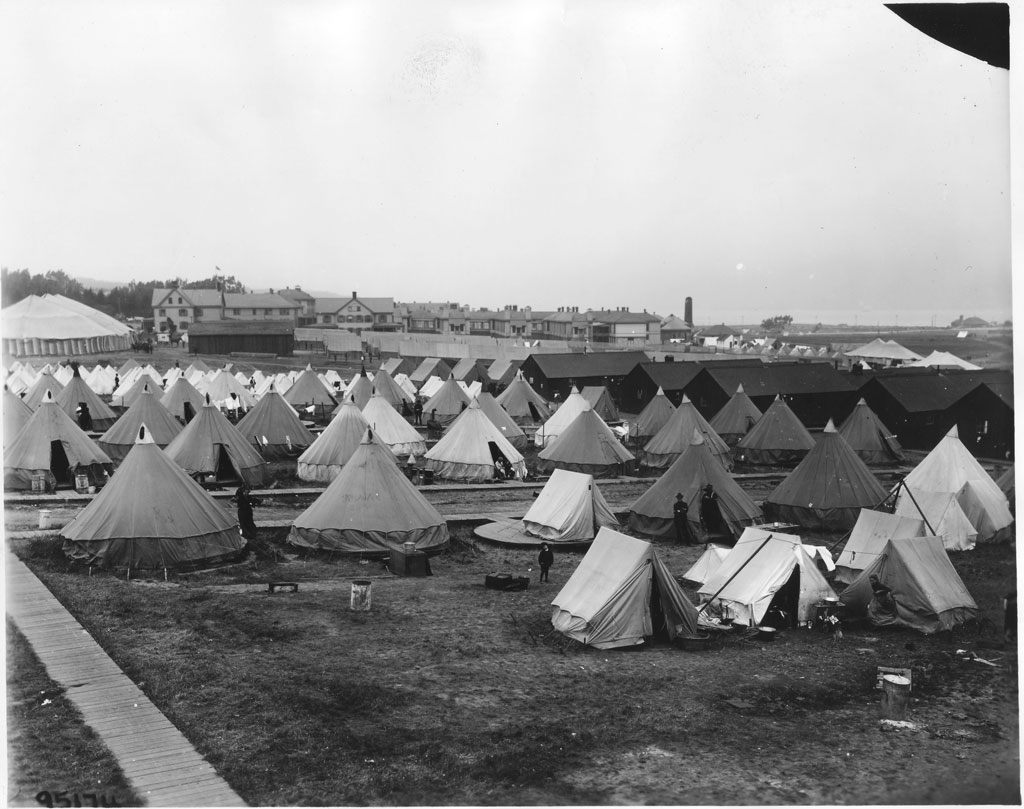
Pictured: The relief camp at the hospital weeks after the earthquake. By this time, many tents had been put on wooden platforms and a circus tent that was used to store supplies can be seen to the left in the image.
Photo by U.S. Army Signal Corps. Image courtesy National Archives and Records Administration
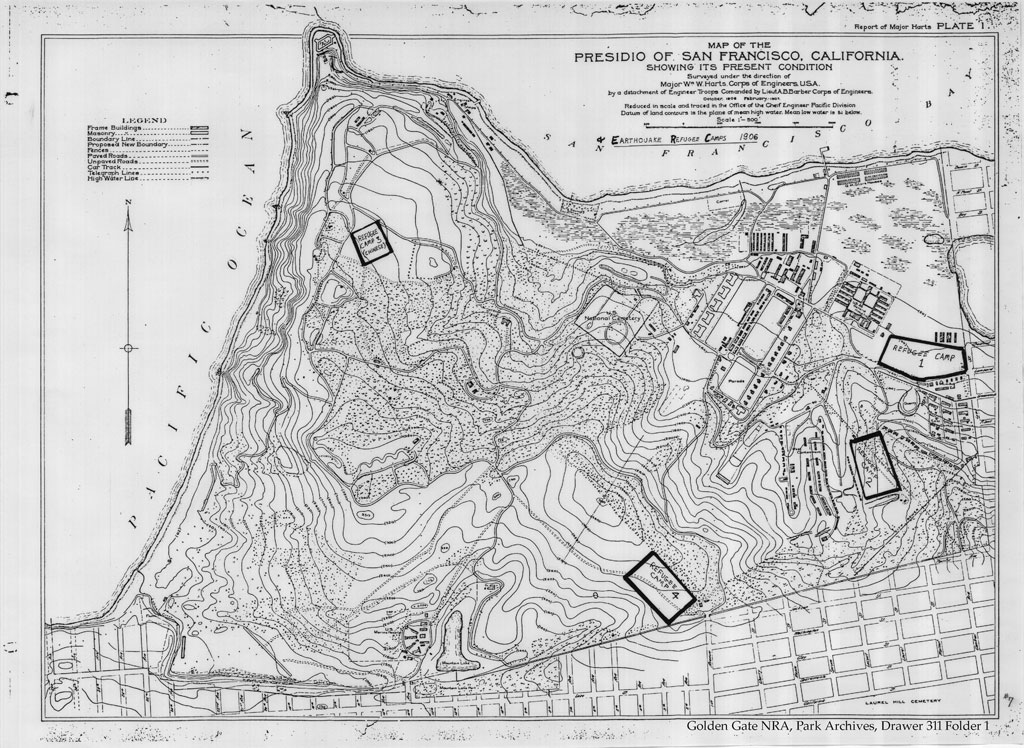
Pictured: This map indicates the locations of the four refugee camps in the Presidio. Camp Three, located where Fort Winfield Scott is today, was reserved for about 200 Chinese refugees.
Map by U.S. Army Corps of Engineers. Image courtesy Golden Gate NRA, Park Archives
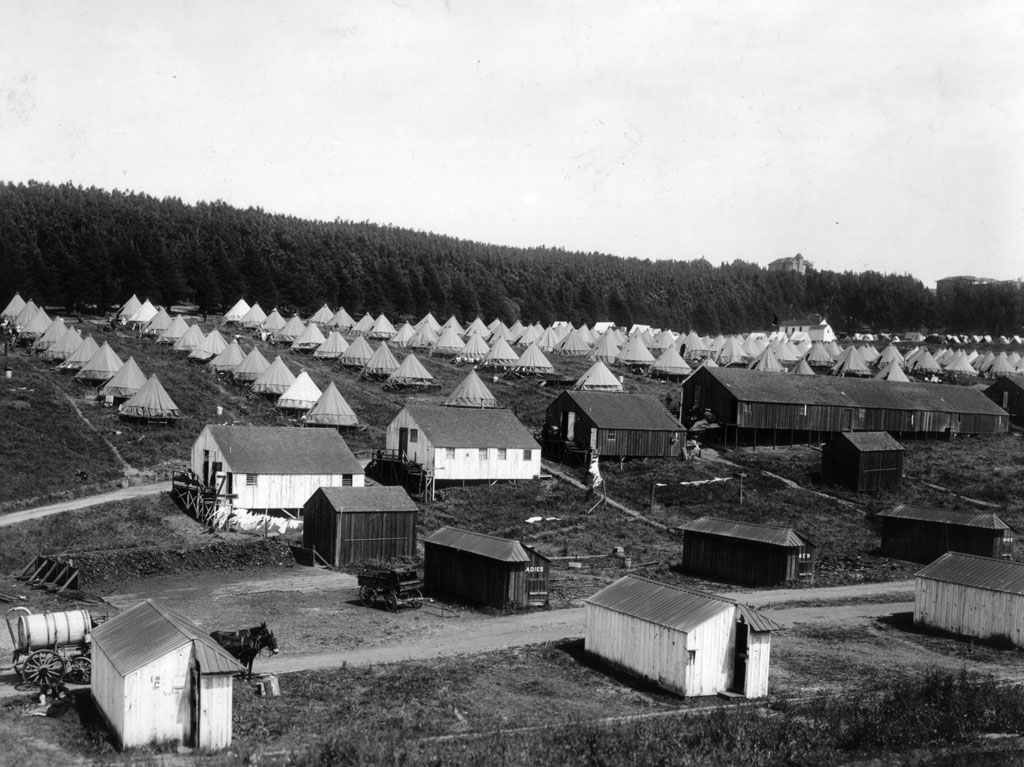
Pictured: The refugee camp in Tennessee Hollow, completed on May 3, 1906. The view is east toward Lovers’ Lane.
Image courtesy National Archives and Records Administration
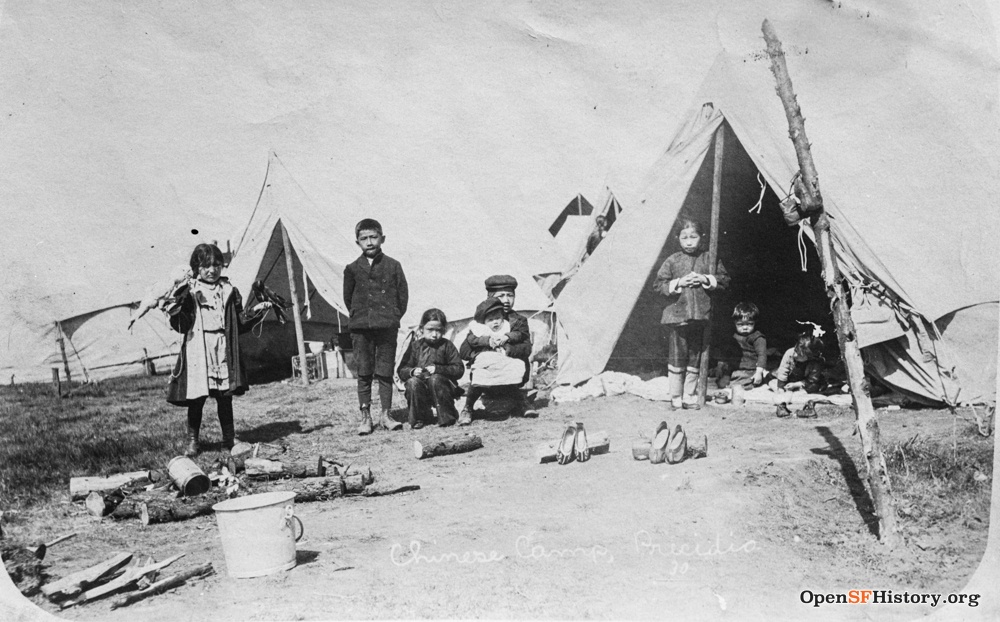
Pictured: Children at the Chinese refugee camp in the Presidio. Torney originally established San Francisco’s Chinese refugees, long the victims of discrimination and violence, at the Presidio’s golf course. White refugees and neighbors demanded the Army move them, which it did – to Fort Winfield Scott. Inspection reports indicate the Army provided for them as well as all of the other refugees in the Presidio.
Image courtesy OpenSFHistory / wnp37.10116.jpg
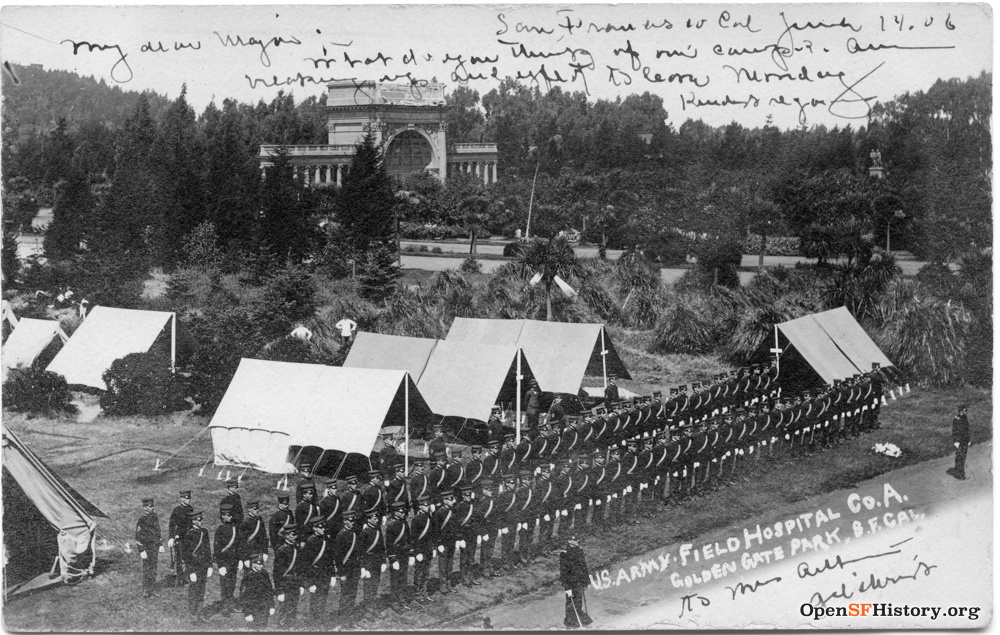
Pictured: Torney established this field hospital in Golden Gate Park to care for the thousands of people encamped there in the aftermath of the earthquake. Army Medical Department personnel came from around the country to aid the stricken city. This unit came from Washington D.C.
Image courtesy OpenSFHistory / wnp27.0210.jpg
For more photos of San Francisco after the earthquake, check out OpenSFHistory.org >>
